In business and in our personal lives, we turn to the experts to help us make important decisions. It’s human nature to seek out the best sources of insight and information.
This is especially so in the healthcare world, with its emphasis on evidence-based research. From choosing the best treatment paths to developing a new product, we turn to the experts for their knowledge and guidance.
This represents a key opportunity for healthcare marketers. As a healthcare company, your organization possesses a wealth of expertise and specialized knowledge. By introducing a structured thought leadership program, you can effectively position your company as a thought leader, and highlight your experts as key influencers in your areas of specialization.
Your experts (scientists, quality assurance and regulatory professionals, R&D personnel, and others), are likely already sharing their expertise, via their involvement in industry associations, publishing research results, speaking at conferences, etc. To reap the marketing benefits of these activities, and strengthen your position as the trusted information source in your area of specialization, try these suggestions:
Find out what thought leadership activities your colleagues are currently participating in.
Make a list of all activities, such as delivering keynotes at conferences, being part of panel discussions, blog posts, involvement with professional associations, etc.
Amplify your thought leadership activities.
Are you highlighting these events and activities on your website, in emails, and on your social media platforms? Talk to your audiences about how and why you are sharing your expertise, and why you are the best and most trusted source on the topic, using these activities as the springboard.
Fill in the gaps.
It’s possible that when you list all of your current thought leadership activities, you’ll see that your organization hasn’t been all that active. Or maybe no one is talking about a key area of expertise. Identify the topics and type of knowledge that our organization should be sharing more widely, and develop a plan to address any gaps.
» Download your free e-book on healthcare marketing «
Join the discussion.
Participating in online discussions is an easy way to showcase your experts and build your profile. As a marketer, LinkedIn is a good place to start. Start commenting on relevant posts, and make some posts of your own. Find out what other platforms are important for your organization. Many companies offer tips and training for employees, to encourage them to share knowledge and insights effectively on social media platforms, and even become “brand ambassadors” for their organization and products.
Create new content that highlights your expertise.
From patients to purchasing groups, your audiences want information that is detailed, verified and tailored specifically to their needs. Why not create a central source of information for your key audience groups? If you develop mammography equipment, for example, help your customers (the purchasers of your equipment) support their customers with information on the mammography process, breast health, etc. Be the trusted information source in your area of expertise.
If you’d like to learn more about strengthening your thought leadership positioning and programs, contact Anne-Mie.


.jpg?width=727&name=Living-Stone-CTA-Blog%20(002).jpg)

